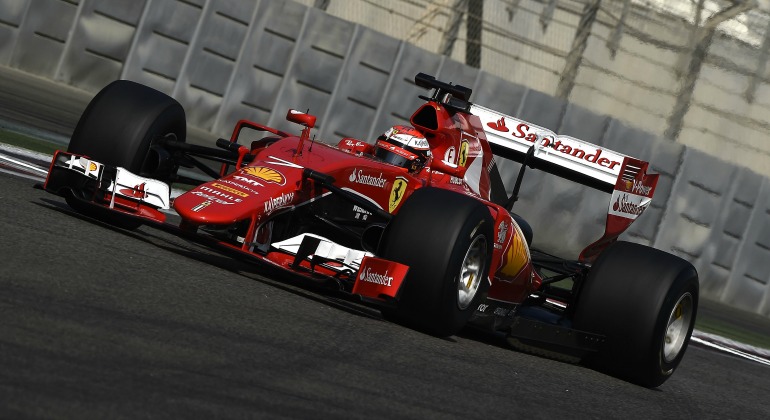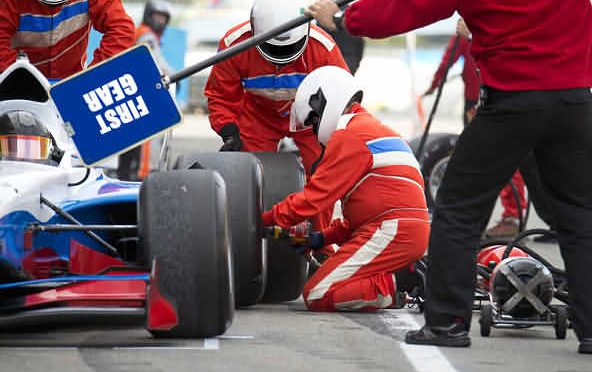Table of Contents
Michelin versus Pirelli
Michelin versus Pirelli
Tyre company Michelin promises tyres that will let grand Prix drivers race faster if it wins the tender to supply F1 from 2017.
Michelin versus Pirelli-drivers have mixed opinions?
The Beginnings
The Michelin brothers,
Édouard and André, established Michelin in 1889 as a French tyre manufacturer. Their inventions in tyre technology, such as the detachable pneumatic tyre, established them as industry pioneers. Michelin’s engagement in motorsport began in the early twentieth century, allowing the corporation to test and enhance their products while also demonstrating their technological prowess.
Pirelli,
founded in Milan, Italy, in 1872 by Giovanni Battista Pirelli, began with rubber and derivative operations before expanding into tyre manufacturing. Pirelli, like Michelin, realised the importance of motorsport as a testing ground for its goods and began competing in races in the early 1900s.

The Formula One era
The advent of both businesses into Formula One, where tyres are vital to performance, represented a watershed moment in their competition. Formula One has always been the pinnacle of automotive technology, and the sport’s demands tested tyre makers to their limits.
Michelin originally entered Formula One in the mid-1970s, offering radial tyre technology, which was a dramatic departure from the cross-ply tyres used at the time. This invention improved durability and performance, creating a new benchmark in the racing world.
Pirelli first entered Formula One in the early 1950s, but made a more frequent appearance in 1981. They introduced innovations like the low-profile tyre, which improved grip and handling. Pirelli tyres were noted for their aggressive performance, which was ideal for faster, shorter races.
The Battle for Supremacy
Michelin and Pirelli have seen their fair share of technological advancements and controversy throughout the decades.
Michelin’s most infamous event in Formula One occurred at the 2005 United States Grand Prix in Indianapolis, when a tyre failure forced most Michelin-equipped teams to quit due to safety concerns. This incident had a huge impact on Michelin’s reputation, leading to their decision to leave from Formula One at the end of 2006.
After a brief break, Pirelli returned as Formula One’s sole tyre supplier in 2011. This monopoly put an end to direct competition on the track, but it also ushered in a new era in which Pirelli’s every move was scrutinised, dealing with the burden of being the sole supply.
Legacy and Ongoing Competition
The competition between Michelin and Pirelli goes beyond Formula One, with both firms highly involved in other disciplines such as the World Rally Championship (WRC) and Le Mans. Each brand is constantly developing new technology to maintain an advantage over the competition.
Pirelli places more of an emphasis on performance and adaptability, as seen in their specially designed tyres for high-performance sports vehicles, in contrast to Michelin’s emphasis on endurance and efficiency through technology like Energy Saver tyres.
Impact on the Automotive Industry.
The battle between these tyre behemoths has resulted in substantial advances in tyre technology, influencing even the tyres used on common road vehicles. Racecourse innovations frequently make their way into the consumer market, enhancing safety, efficiency, and performance for the regular driver.
Conclusion
The battle between Michelin and Pirelli in Formula One and beyond demonstrates the importance of competition in driving technological innovation.
Each company’s devotion to innovation informs not only their motorsport plans but also the entire automobile sector, demonstrating how important this competition has been in pushing the limits of what tyres can achieve.
Whether it’s the race circuits of Formula 1 or the streets and motorways of the UK, the history of this rivalry continues to inspire the tyres on our cars, marrying high-performance technology with everyday dependability.
F1 drivers are coming out with mixed feelings for the Pirelli race tyres and a Michelin versus Pirelli race is beginning to happen.
In my opinion, it appears that the drivers are having to think more about their tyres than they think is necessary.
Some race pundits
think this is a good thing because it brings other aspects into the races and makes winning more skillful.
The Michelin versus Pirelli confrontation came along when Michelin began to show interest in F1 racing a couple of years ago. The interest has grown as the deadline for the new F1 tyre tender becomes closer.
Michelin claim that their tyres would take the F1 racing scene back to its origins and could be up to three seconds a lap faster.
One of the recent tyre problems
has been how many races or laps could be achieved on the same tyres.
The Michelin versus Pirelli arguments and claims will go on right up
to the tender time. Pirelli say that they have only produced the tyre that they were asked to produce. Michelin on the other hand are saying that their tyres could offer more calculated lap times per tyre.
In my opinion,
The race to supply the new F1 race season will heat up, with new claims and counter claims.
It will be interesting to see which of these tyre giants will win the Michelin versus Pirelli battle ahead to supply F1 with their tyres in the coming years.
- Winter Tyres-A Women’s guide
- Caravan tyre safety Advice
- Hello tyres, world: Winter Tyres blog
- Effectiveness-Winter Tyres
- Winter Tyres versus 4×4
Pellon Tyres is now a member or tyresafe.org
Sourced through Scoop.it from: www.bbc.co.uk

